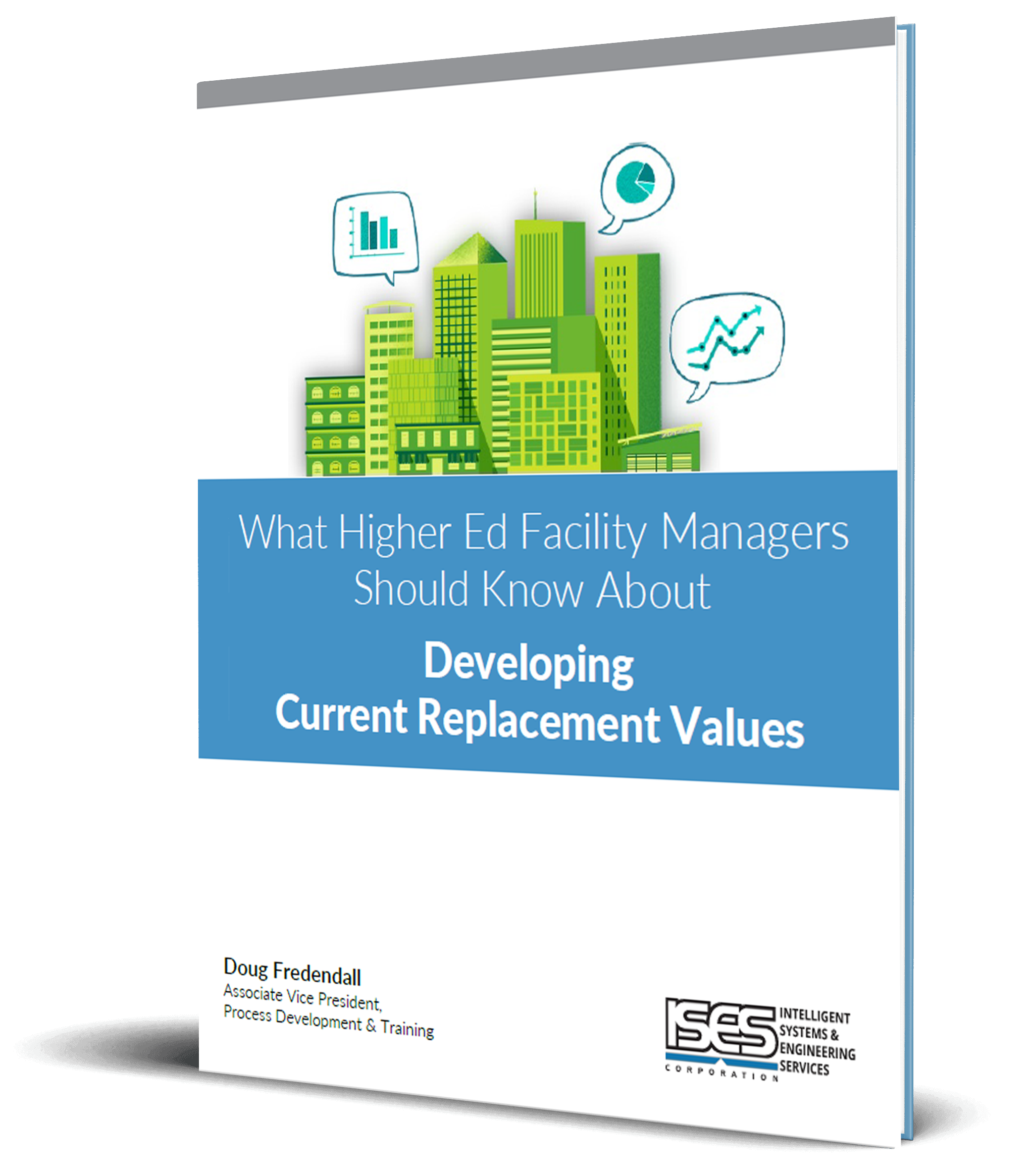A Facility Condition Assessment (FCA) gives you data about a building’s current condition and how much you’ll need to budget to maintain it over the coming years. But exactly how do you put a price tag on future repairs and replacements? This month we explore best practices.
The best FCA assessors start with an appropriate cost reference. RSMeans is a robust resource with online estimating capabilities, so ISES relies heavily on it to generate first-cut, baseline pricing. Richardson’s is also a valuable reference, especially when considering high-voltage and industrial infrastructure systems. Once appropriate costing has been obtained, adjustments are almost always applied.
Location Adjustment
It’s likely that the national average pricing will need to be adjusted for your location. For example, the cost of a roof in Minneapolis differs from a comparably-sized roof in San Diego. The Minnesotan roof requires elevated flashings and curbs due to snow accumulation that are not needed in southern California.
Conditions that vary across the country can include:
- Labor availability and cost
- Material accessibility, availability and cost
- Climactic conditions
When comparing costs, ISES references RSMeans City Cost Indexes (CCI) and other tools related to local pricing. The CCIs apply a prescribed percentage ratio to adjust labor and material pricing for the specific location.
Complexity Adjustment
The basis used to generate a cost assumes a best-case scenario. In most cases, the level of complexity of the task will require an adjustment to the estimate. Is the situation at hand more (or less) sophisticated compared to a recently constructed building of the same use?
Finding the perfect estimate for each task can be quite the challenge. Facility assessors must adapt the cost reference information according to the perceived complexity. This requires years of experience with estimating and construction.
Execution-Related Adjustment
It’s not always a simple, straight-forward task. You’re replacing an old chiller in the basement, but it’s surrounded by a maze of piping with no access well to transfer it outside. The estimate to replace the chiller must include any additional expenses required to perform the task, including wall demolition and replacement, patching and painting, crane rental, and the like.
Construction costs typically include markup guidelines and adjustment ranges. But there’s a lot to consider with each replacement action. Facility assessors must look at the big picture to gain perspective on related tasks affecting replacement costs. Additional adjustments may be needed for such associated projects as:
- Removal, patching and reinstallation of physical/structural barriers
- Protection of adjacent components
- Asset preservation measures applicable to replacement work
- Removal and reinstallation of equipment in the way of the tasked replacement
Conclusion
Budget estimating gets easier and more fluid over time, often through experience. Proper calculation of repair and replacement costs requires considerable knowledge in three distinct areas:
- Estimating processes
- Construction techniques, procedures and complexities
- Replacement circumstances
Regardless of who conducts your FCA, make sure that both the assessors and the company have the requisite experience.

.jpg)
